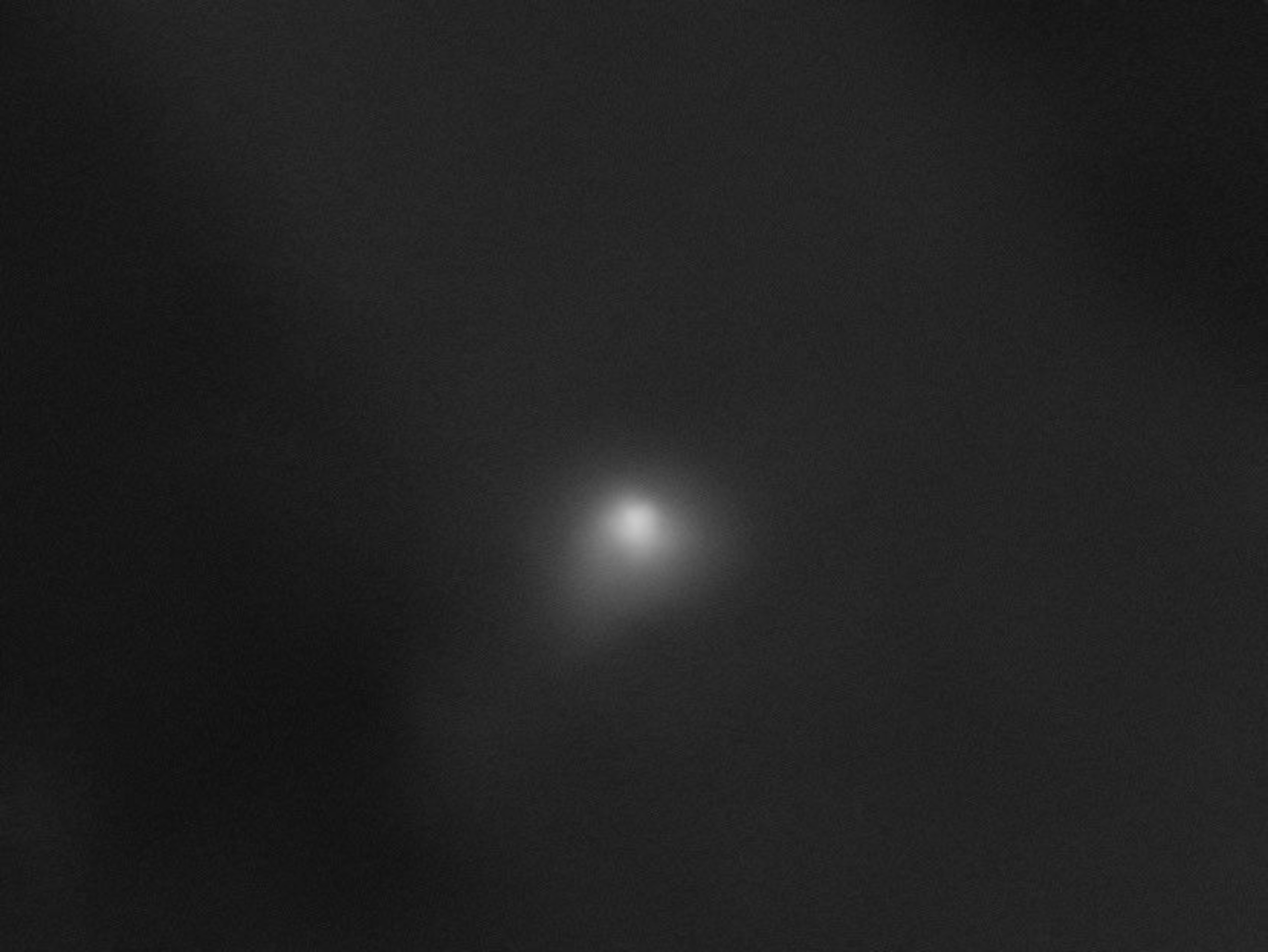
In a Curious Case for Astronomers, a Brown Dwarf Goes Missing
Scientists trained one of the world's largest telescopes on the star and found nothing.
Astronomers are trying to crack a strange new case: the mystery of the missing dwarf star.
Using one of the biggest telescopes in the world, the ESO's Very Large Telescope in Chile, researchers were on the hunt for what they had confidently predicted to be a brown dwarf, only to discover that the object was nowhere to be found.
Brown dwarfs are cool, dim objects that actually resemble planets more than stars. (Related: "Dimmest Stars in Universe Spotted?")
While they do give off heat and have chemical properties similar to those of ordinary stars like our sun, these weird objects are often referred to as "failed stars" because they don't have enough mass to ignite thermonuclear reactions in their cores. (See "Coldest Star Found—No Hotter Than Fresh Coffee.")
In this case, the dwarf in question was thought to be orbiting a double-star system called V471 Tauri in the constellation Taurus, the Bull, about 163 light-years from Earth. The two stars orbit each other every 12 hours, causing dips in the pair's brightness every six hours as one star passes in front of the other.
Quirky Eclipses
When astronomers precisely timed the dips in light created by the stars' orbits, they found that the timing wasn't always quite on schedule. The only explanation seemed to be that an orbiting brown dwarf was gravitationally tugging on the stars, slightly throwing off the timing.
To look for the dwarf, the scientists trained a giant telescope on the binary star system using a powerful new camera system called SPHERE, designed to directly image planets around distant stars.
To their surprise, they saw nothing where the brown dwarf was predicted to be.
That sends astronomers back to the drawing board.
"This is how science works," said Adam Hardy, lead author on the new study published this week in the Astrophysical Journal Letters. "Observations with new technology can either confirm or, as in this case, disprove earlier ideas."
See for Yourself
Though the brown dwarf at the heart of this mystery is missing, its home cluster happens to be one of the brightest and biggest deep-sky objects visible in the night sky.
This scattering of stars is known collectively as the Hyades cluster, named after the mythical Greek sisters who bring the rain.

To see where the missing dwarf was expected to be, look halfway up the southern sky in the early evening for the brilliant orange star Aldebaran. The star marks the red eye of the constellation of Taurus, the Bull. Lining the face of this celestial bovine is the Hyades cluster, a distinctive V-shaped pattern of stars that is easily spotted even from light-polluted city suburbs.
Hyades is one of the closest star clusters to Earth, at 160 light-years away, and spans eight light-years across. Little V471, the double-star system, shines at a feeble 9.6 magnitude and is considered an outlying member of the cluster, off to the west from the main Hyades formation.
Although only nine stars in the cluster are visible to the naked eye, more than 200 can be seen with binoculars. On the next clear, moonless night, see how many Hyades sisters you can glimpse.
Happy hunting!
Follow Andrew Fazekas, the Night Sky Guy, on Twitter, Facebook, and his website.





